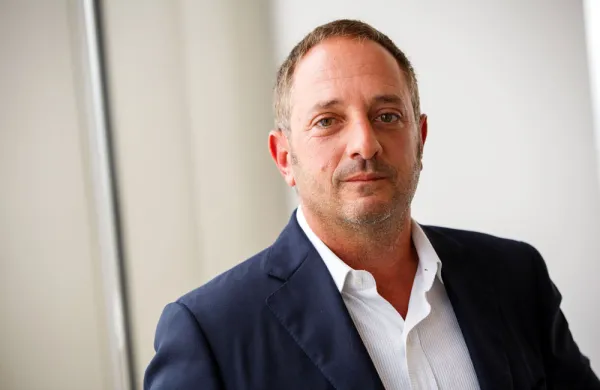If you’re a nerd... like me... and you’ve read all the newly uploaded presentations on the IFSWF website from their event in Mexico City, you may have noticed this group’s massive interest in infrastructure. For example, here’s one focused on “green infrastructure”. Here’s another one on the role of institutional investors in funding infrastructure. And here’s yet another by the Mexican Ministry of Finance on the opportunities for SWFs to invest in Mexican infrastructure. In short, infrastructure investing remains a hot topic among SWFs and institutional investors generally.
And I think that’s great news! My research mandate at Stanford University is, quite literally, to investigate mechanisms, methods and organizational structures that can help unlock long‐term investment capital for infrastructure assets. So I welcome the growing interest and discussion in this topic, which I think is absolutely vital for the sustainability of our economy and finance. (Say what? Yes, this specific topic offers useful insights into the more generic topic of “long-term investing” generally. As I see it, if you can design organizations and vehicles to facilitate investment in infrastructure on a fully aligned basis, then you’ve got the foundation for effective long-term institutional investment. That, friends, is where sustainable economic growth may come from. Boom.)
And so I write a lot about the challenges in infrastructure investing facing the investment community, and I tend to crab about all the problems I see (e.g., under-resourcing, poor governance, agency costs) that require massive changes on the part of SWFs and long-term investors. I like to think creatively about: using in-house teams; seeding new managers and vehicles; launching peer to peer co-investment vehicles; assessing the suitability of club platforms; and even analyzing the alignment of interests between investors and traditional intermediaries, such as third party managers. That’s what I do all day. Fun stuff.
Anyway, why am I bringing all this up? Because I caught up with a friend this morning (who was until recently a C-level at a big SWF), and he shared some rather eye opening stories about the naïveté of politicians hoping to ‘use SWF money to resolve their infrastructure problems’. It was amusing and frustrating all at the same time to hear how they love the idea of SWFs coming to save the day... but they haven’t done anything (at all) to facilitate investments by these investors. And so... nothing happens. The SWFs remain interested in the assets. The politicians, who are the stewards of the assets (or hold the power over plans for the new assets), want SWFs to invest. But nobody is doing anything practical about it!
Clearly something’s wrong with all this, and it underscores the fact that there is another side to the “unlocking capital for infrastructure” coin. In my view, the politicians seeking investment have to start doing as much work on their own organizations as the investors do. We need much more clarity in our policies governing Public Private Partnerships. We need much more clarity over bidding procedures and polices. In general, we just need much less uncertainty. As I said in a previous post,
“...the main culprit here is uncertainty – not uncertainties within the developers’ organization or from the investors’ interest in these projects but from the infrastructure projects’ own "environments" as represented by the web of stakeholders with an interest in how the project is delivered and managed. Indeed, some early research that Andrew and I have conducted would seem to suggest that political stakeholders often contribute the most uncertainty to project development.”
So, let me end with a short request:
Dear Politician: If you want capital from the Giants to help with your infrastructure problems, you’ll have to start getting creative. Think hard about the long-term interests of these long-term investors (i.e., stable cash flows). They aren’t all that interested in development risk, which means you’ll likely have to de-risk some of these segments to entice them in. As I said in a presentation at the World Bank over a year ago... ‘The challenge for policymakers is to innovate, simplify and facilitate access.’ That’s as true now as it was then...






